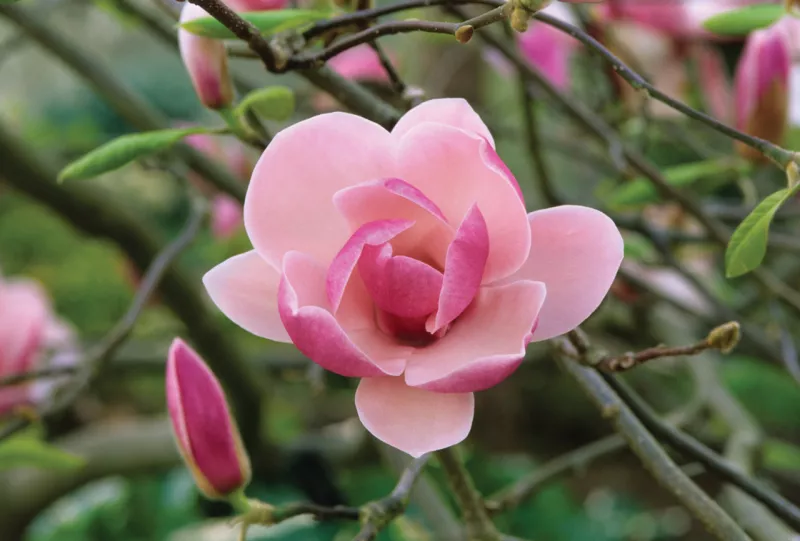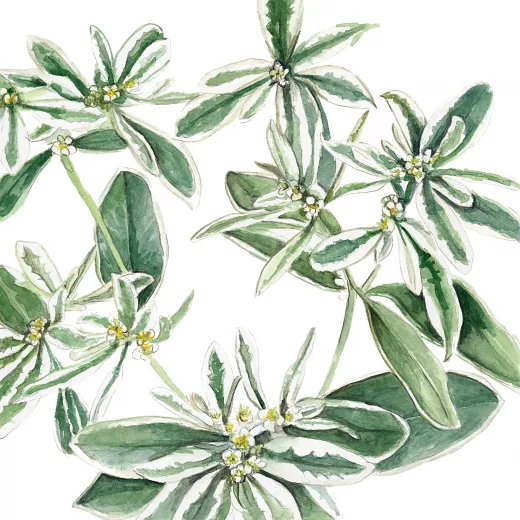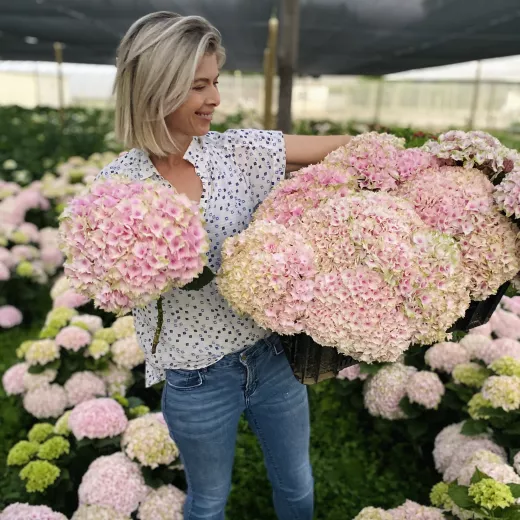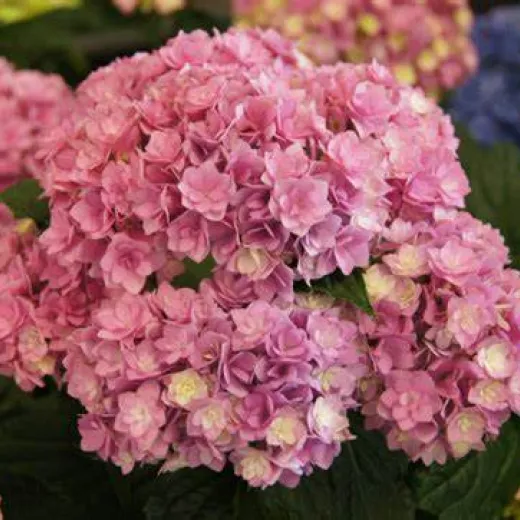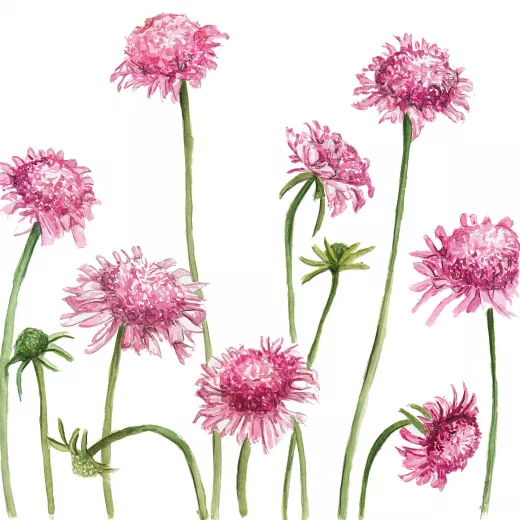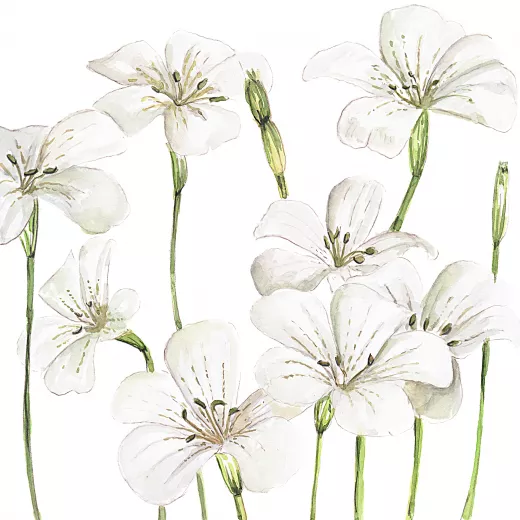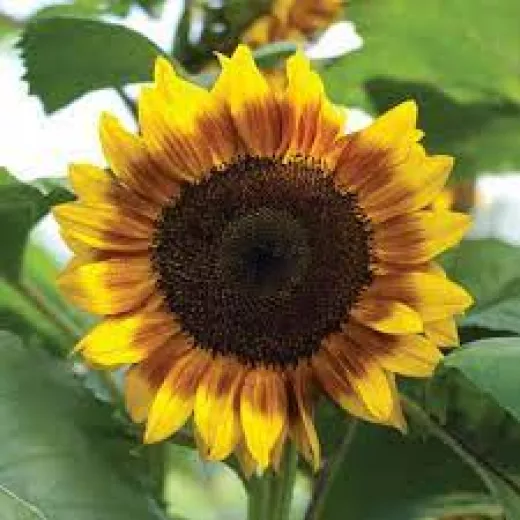Quick Facts
| Flower Type | Magnolia Tree |
|---|---|
| Flower Colour | Pink |
| Planting Time | Magnolias are best planted in autumn or late spring. |
| Watering | Refer to Top Tips Field for more Information |
| Life Cycle | Perennial |
SPECIAL OFFER: Magnolia Tree: Rustica Rubra: 21cm Plant: Please Note: Pre-orders will ship starting End August 2025.
Magnolia Rustica Rubra, also known as Magnolia soulangiana, stands as an exquisite and effortlessly cultivated feature tree. This botanical gem unveils its breathtaking charm with splendid globe-shaped blooms gracing bare stems in the transition from late winter to spring. The mesmerizing display features hues of mid to deep pink, with each flower adorned with a delicate shell-pink interior. This harmonious blend creates a stunning two-toned effect during the flowering season, turning any landscape into a scene of natural magnificence. Magnolia Rustica Rubra not only captivates with its radiant blossoms but also proves to be a testament to the simplicity of its cultivation, making it an ideal choice for those seeking both beauty and ease in their garden or outdoor space. Embrace the grace of Magnolia soulangiana and let its resplendent presence elevate the aesthetics of your surroundings.
Coordination of Logistics for PayFast Orders:
For your convenience, we invite you to stay in direct contact with Marisa through WhatsApp. This will allow you to receive real-time updates on the status of your order and address any specific concerns you may have. You can reach her on the following number: 074 228 2444.
Thank you for choosing Adene Flowers. We look forward to fulfilling your order with the utmost care and attention.
| Flower Type |
Magnolia Tree
|
|---|---|
| Flower Colour |
Pink
|
| Flower Size |
13cm - 15cm
|
| Plant Height |
6 meters+
|
| Light Preferences |
Magnolias thrive in full sun or partial shade with regular water.
|
| Plant Spacing |
It's best to measure about 1.5m+ away from your house to ensure you don't run into trouble as the tree matures
|
| Life Cycle |
Perennial
|
| Flowering Time |
May through to early Spring
|
| Pinch |
Pinch back the tips of the branches to encourage bushier growth. Avoid pruning too heavily, as this can affect the tree's flowering the following season.
|
| Planting Time |
Magnolias are best planted in autumn or late spring.
|
| Planting Depth |
They have shallow roots, so you don't need to dig a very deep hole. Dig a generous hole to the same depth of the pot your magnolia comes in.
|
| Watering |
Refer to Top Tips Field for more Information
|
| Fertilizing |
Refer to Top Tips Field for more Information
|
| Top Tips |
Watering:
Magnolias need a lot of water in the first few years of their lives. You'll find yourself needing to water this plant around twice a week, but slightly less in late autumn and winter. Be sure to aim your hose or watering can at the base of the tree and water as deeply as you can for the first few years of its life. Fertilizing: Magnolia trees have wide roots that spread out instead of going deep into the ground. So, when fertilizing your magnolia tree, it's crucial to spread the fertilizer around 15cm - 25cm out from the trunk. This will ensure that all of the roots, no matter how far from the tree, will get the nutrients they need. Magnolia trees are known for their beautiful, fragrant flowers and can make stunning additions to your garden. Here are some top tips on how to grow and care for magnolia trees: Sunlight: Magnolias generally prefer full to partial sunlight. Ensure that the tree receives at least 6 hours of sunlight per day. However, some species can tolerate partial shade. Soil: Magnolias prefer well-draining, slightly acidic to neutral soil. Amend the soil with organic matter like compost to improve drainage and fertility. Avoid heavy clay soils, as they can lead to root rot. Planting: Plant magnolia trees in the fall or early spring. Dig a hole that is as deep as the root ball but two to three times wider. This encourages the roots to spread. Water the tree thoroughly after planting. Watering: Magnolias prefer consistently moist soil. Water the tree regularly, especially during dry periods. However, be cautious not to overwater, as magnolias are susceptible to root rot. A layer of mulch around the base can help retain soil moisture. Fertilizing: Fertilize your magnolia tree in early spring with a balanced, slow-release fertilizer. Follow the recommended dosage on the fertilizer package, as excessive fertilization can harm the tree. Pruning: Magnolias generally require minimal pruning. If pruning is necessary, do so after the tree has finished flowering. Remove dead or damaged branches and shape the tree as desired. Avoid heavy pruning, as magnolias don't respond well to drastic cuts. Protection from Frost: Some magnolia varieties are sensitive to late spring frosts, which can damage the flower buds. If frost is predicted, cover the tree with a cloth or burlap to protect the buds. Pest and Disease Control: Keep an eye out for pests like scale insects or aphids. Treat any infestations promptly with insecticidal soap or neem oil. Magnolias can be susceptible to fungal diseases, so ensure good air circulation and avoid overhead watering. |
